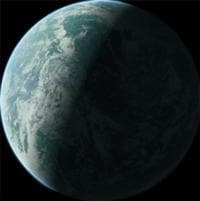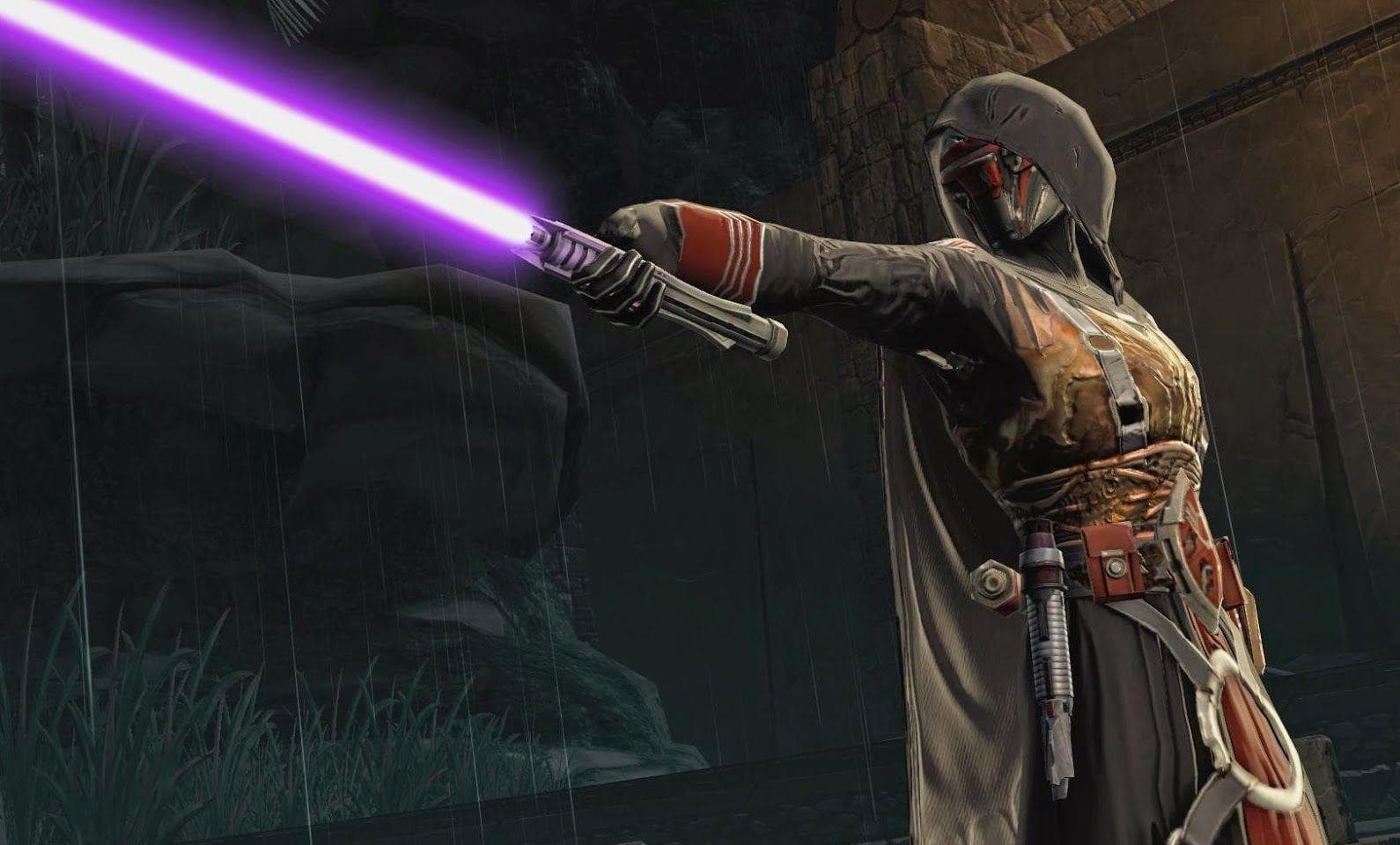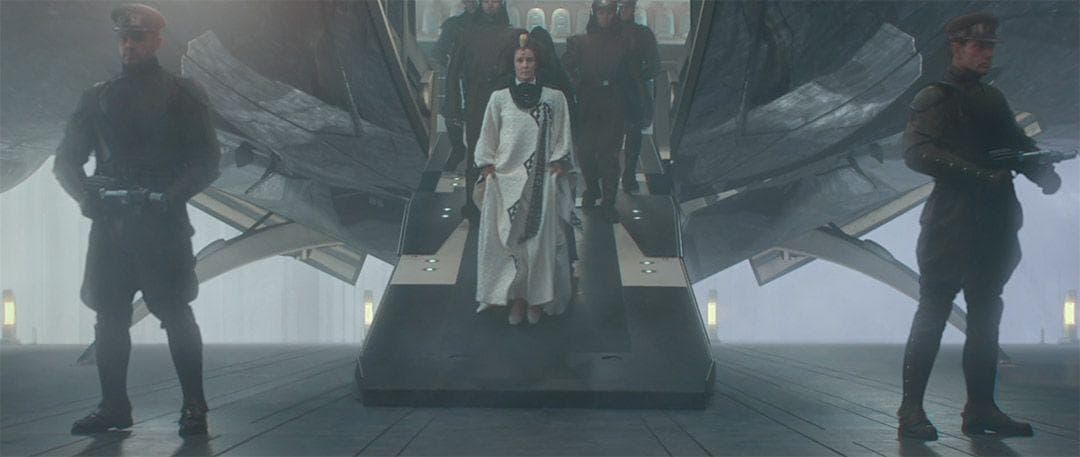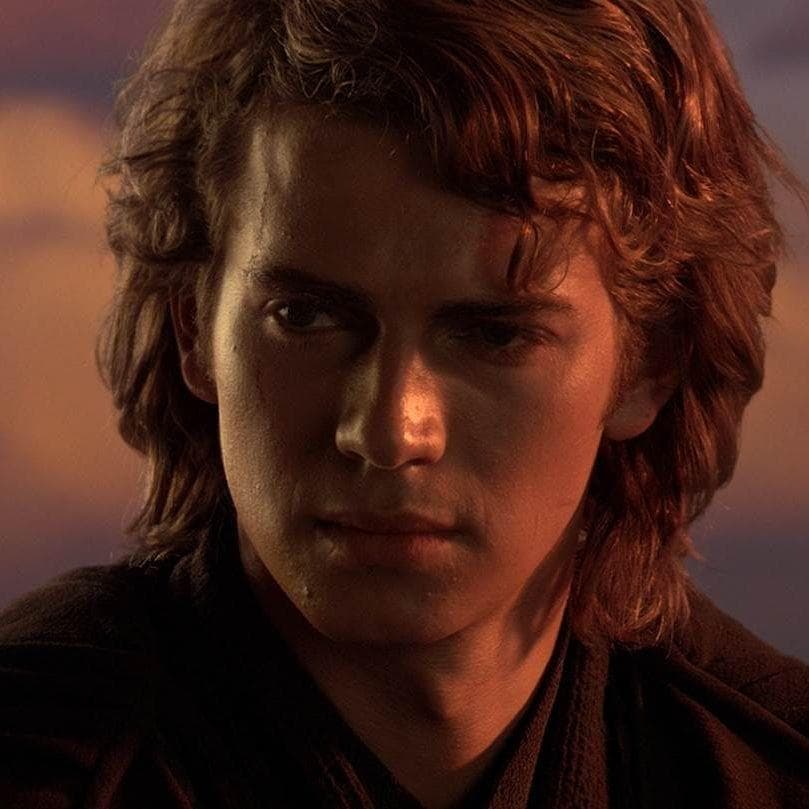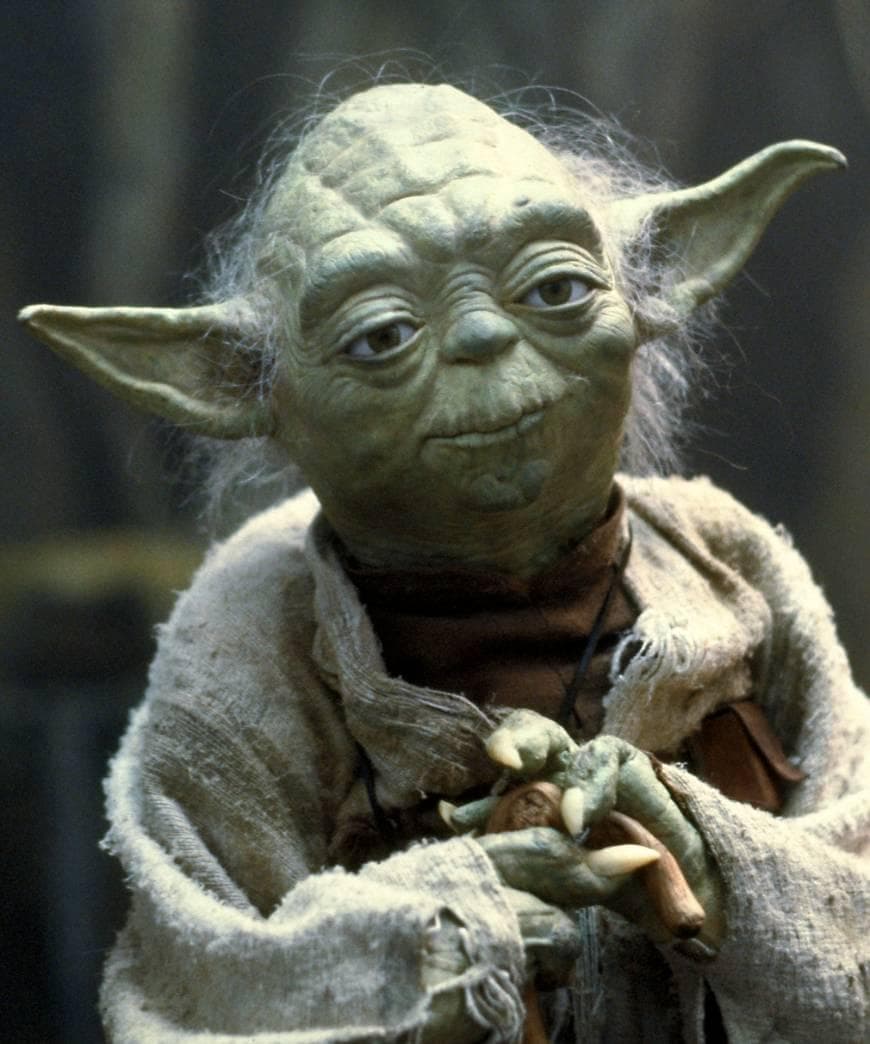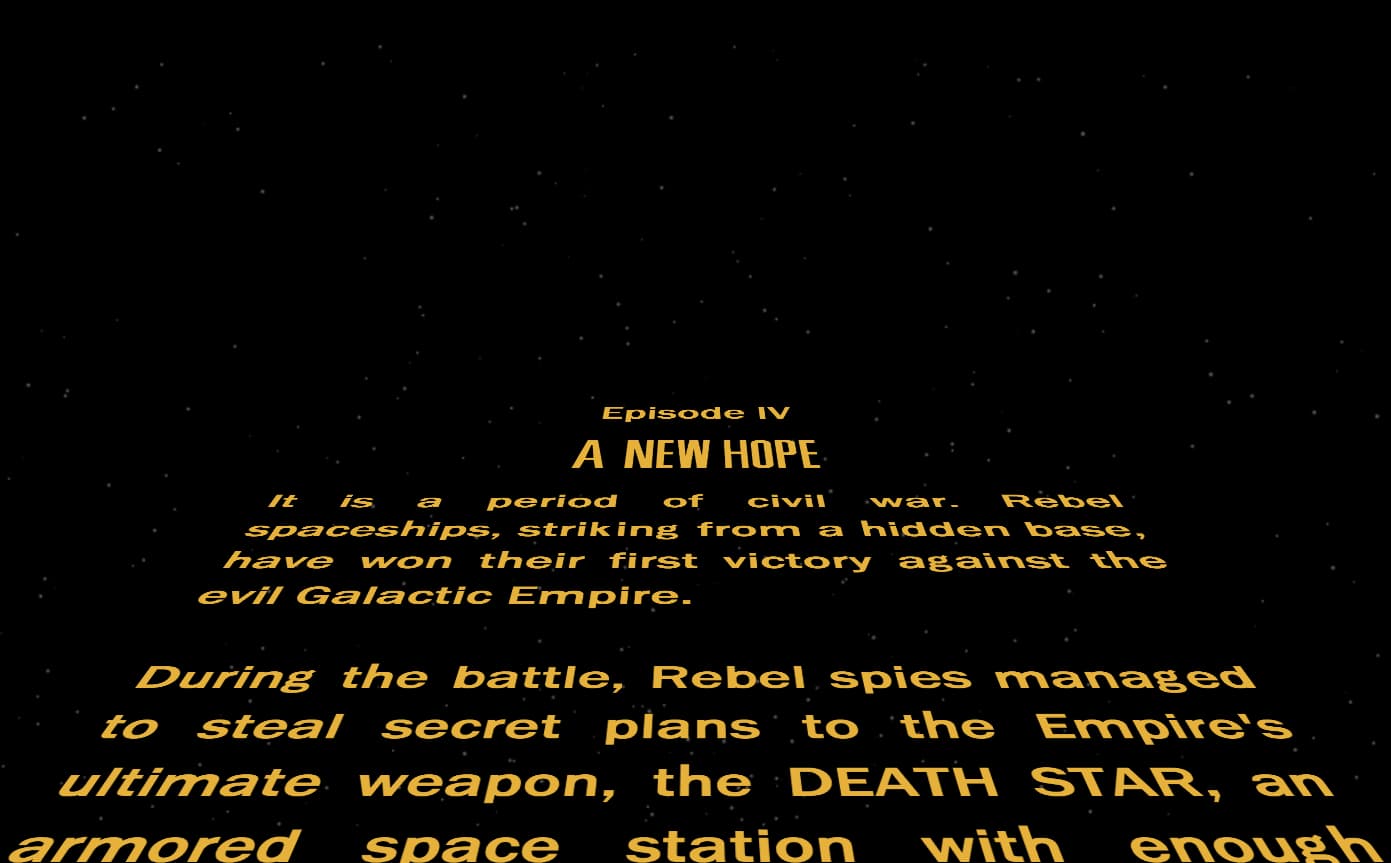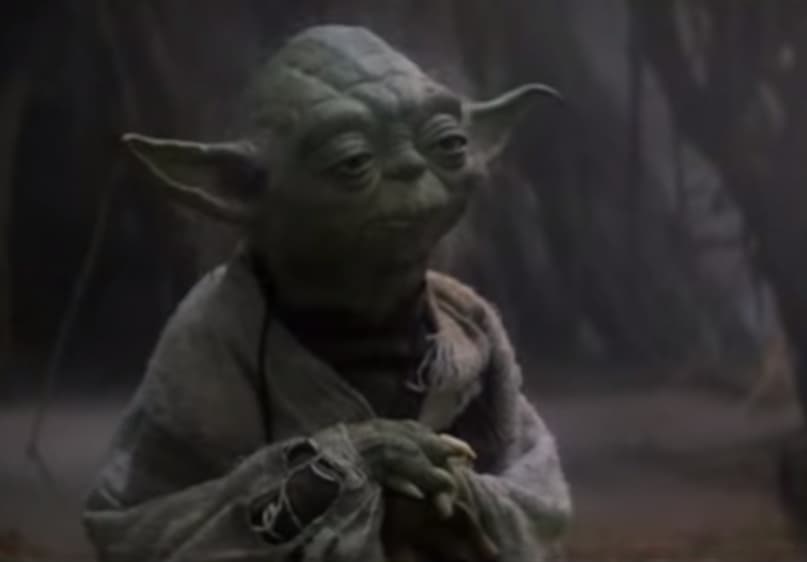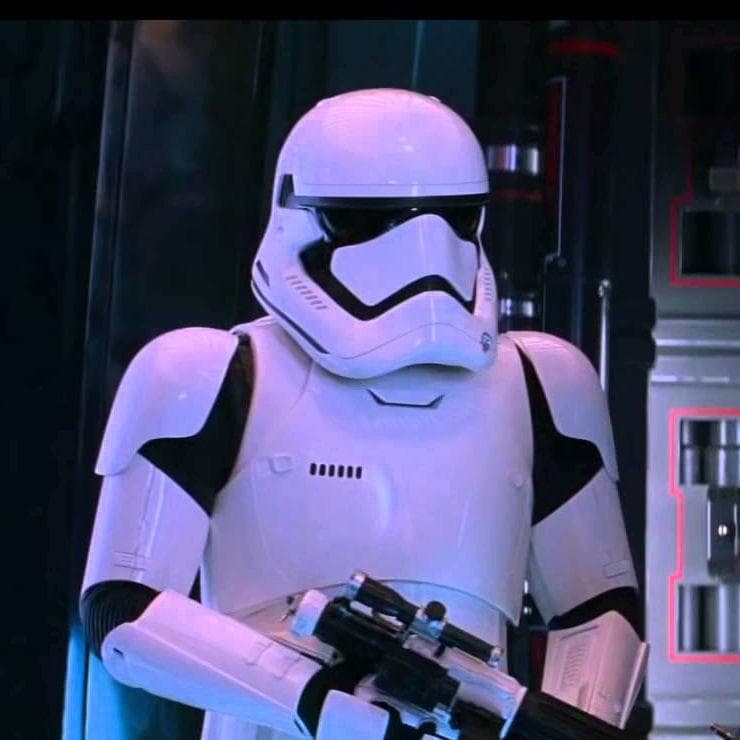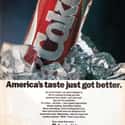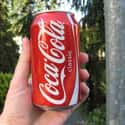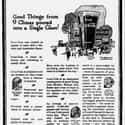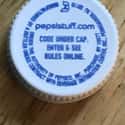-
(#6) In 1985, Coke Unveiled 'New Coke' And Officially Changed Its Formula
Coca-Cola released New Coke to the public in April 1985. The much-hyped flavor was supposed to be smoother and, now sweetened with corn syrup, closer to the taste of Diet Coke.
The idea of a new Coca-Cola product made Pepsi nervous. However, by announcing it was coming out with something better, Coca-Cola placed huge expectations on New Coke. As the public, media, and competitors waited for the drink, Coca-Cola remained confident about its success. At one press conference, Coca-Cola spokespersons called the rollout "the surest move ever because the consumer made it... we didn't." In other words, they knew "they had a winner."
Some onlookers were skeptical. Jesse Meyers, the publisher of Beverage Digest at the time, noted, "This has got to be the boldest consumer products move of any kind of any stripe since Eve started to hand out apples."
Coca-Cola bottler Bobby Pidgeon was more optimistic, stating, "I believe it'll do for brand Coca-Cola what Diet Coca-Cola did for the diet market."
-
(#2) In The '70s, The 'Pepsi Challenge' Dealt A Massive Blow To Coke And Sent The Company Scrambling
The Pepsi Challenge, first issued to consumers in 1975, escalated the modest rivalry between Coca-Cola and Pepsi. According to a former public relations vice president for Pepsi, Ken Ross, the company had very little to lose.
To conduct its challenge, Pepsi set up at shopping malls and comparable public sites and asked normal, everyday people to sample Pepsi and Coca-Cola in a blind taste test. Then they filmed the results. Though the test was simple, it was a revolutionary marketing campaign for the time - and it worked. The results indicated more than 50% of the tasters preferred Pepsi, a startling figure that sent shock waves through the Coca-Cola corporation.
Pepsi ads proclaimed victory, praising consumers for knowing "a winner when you taste one." According to Coca-Cola representatives, Pepsi had the odds in its favor simply because its product was slightly sweeter than Coke. With a higher sugar content, a sip of Pepsi was naturally going to appeal to tasters. Coca-Cola also saw the whole thing as unfair and generally just plain poor business practice.
In response to the Pepsi Challenge, Coke went out to get the biggest celebrity endorser it could find: Bill Cosby. At the time, Cosby was considered the personification of family thanks to his role on The Cosby Show. Cosby became the face of Coke and, as part of an early 1980s marketing campaign, "spied" on the Pepsi challenge tests. Cosby would pull out binoculars and point out the flaws in Pepsi's methodology, revealing just how much people loved Coke.
-
(#9) Coke Tried To Save Face By Bringing Back The Old Recipe As 'Coca-Cola Classic'
It didn't take long for Coca-Cola to face the truth that New Coke was a mistake. In July 1985, Coca-Cola President Donald R. Keough announced, "All of the time and money and skill that we poured into consumer research could not reveal the depth of feeling for the original taste of Coca-Cola." As a result, it would be returning to that formula. Now called Coca-Cola Classic, the reintroduction of the drink didn't eliminate the presence of New Coke on shelves. Coca-Cola now had six products in the marketplace.
Coca-Cola tried to sell its old and new sodas together, hoping to seize upon "the same affection for and identification with the brand." Coca-Cola Classic appeased some consumers, but sales of both products failed to match overall Coca-Cola sales for 1984. The company then tried to split up the products, marketing New Coke to younger consumers with commercials featuring figures like Max Headroom. Coca-Cola Classic was spun as a more traditional piece of Americana.
In the 1990s, New Coke was rebranded as Coke II, but its weak sales figures led to the flavor being officially discontinued in 2002.
-
(#1) Coke And Pepsi Had Competed Since The 1890s, But Coke Was Always The Clear Front-Runner
Coca-Cola was invented in 1886 by Georgia pharmacist Dr. John S. Pemberton. A blend of carbonated water and sweet syrup, Coca-Cola was first sold as a fountain drink with wild success. According to the first advertisement for Coca-Cola in The Atlanta Journal that same year, it was, "Delicious! Refreshing! Exhilarating! Invigorating!"
As Coca-Cola's popularity grew, imitations emerged. In 1893, Dr. Caleb Bradham, also a pharmacist, developed "Brad's Drink" from sugar, water, caramel, and other natural flavors. In Bradham's native North Carolina, "Brad's Drink" was a hit. Five years later, Bradham changed the name of the drink to Pepsi-Cola.
Even with Pepsi-Cola on the market, Coca-Cola remained the most popular soft drink. The Pepsi-Cola Company, founded in 1902, struggled during the first decades of the 20th century, even declaring bankruptcy in 1923. But it rebounded, thanks to some restructuring, during the 1930s. Yet Coca-Cola continued to surge forward.
Over the course of the 1920s and '30s, Coca-Cola successfully marketed to children, adopting Santa Claus as a mascot of sorts and advertising in schools. By the start of World War II, Coca-Cola was also sold internationally and could be found in 44 countries.
The mid-20th century saw a shift in Pepsi's branding and marketing. The company adopted cans rather than bottles and targeted minority populations. Pepsi merged with Frito-Lay in 1965, hoping to further its presence in restaurants and supermarkets alike. Meanwhile, Coca-Cola launched new products - most notably Sprite, TaB, and Fresca - and continued to expand internationally.
By the 1970s, when Pepsi threw down the gauntlet with the Pepsi Challenge, Coca-Cola was still the front-runner in soft drink sales. However, it was slowly losing ground due to general brand stagnation.
-
(#11) Both Sides Continue To Make Products In Direct Competition With One Another
Today, the two soft drink companies continue to vie for domination in the beverage marketplace, even as taxes on sugary drinks and concern over childhood obesity rise. The cola rivalry has extended to other products readily available on store shelves. Pepsi owns Mountain Dew, and Coca-Cola offers Mello Yello. In the fruity flavor realm, Coca-Cola loyalists have Fanta at their disposal, while Pepsi-devotees can drink Crush.
You can drink Cherry Coke or Wild Cherry Pepsi; have some Sierra Mist (from Pepsi) or Sprite (a Coke product); or enjoy a nice Mug or Barq's root beer, owned by Pepsi and Coca-Cola, respectively. The Cola Wars now include sports drinks, juices, and energy beverages, too. Even water isn't safe; Pepsi owns Aquafina, and Coca-Cola has Dasani.
Even more creative products - Crystal Pepsi, for example - were created to try to find a niche, although they didn't always pan out.
-
(#10) During The 1990s, You Could Drink Pepsi And 'Get Stuff,' But Coke Rewards Came On Strong In The Early 2000s
The return of the original Coca-Cola flavor allowed the company to rebound in the marketplace. Pepsi and Coca-Cola continued their rivalry and, by the mid-1990s, new techniques were introduced to the competition. In 1996, Pepsi launched Pepsi Stuff, a rewards program for loyal drinkers. Consumers could earn points from Pepsi packaging and fountain cups, which could then be exchanged for shirts, leather jackets, sunglasses, and numerous other items.
One enthusiastic participant in the Pepsi Stuff program, John Leonard, did his best to gather up points needed to get a Harrier Jet, something he was denied by Pepsi. Leonard sued Pepsi, only to have it thrown out. Leonard appealed, but the original judgment was later reaffirmed.
Coca-Cola wasn't going to be outdone and launched its own comparable My Coke Rewards promotion a decade later. Even before that, however, Coca-Cola staged a free-money campaign, putting cash into random MagiCans of its product in 1990. The whole effort wasn't without issue, however. Several cans were found to "contain a foul-smelling, but harmless" liquid - some of which was consumed by an 11-year-old boy in Massachusetts.
Pepsi responded with a Cool Cans promotion of its own. Instead of the cans containing money, consumers were greeted with a code at the bottom, one that earned them anywhere from $25 to $20,000.
New Random Displays Display All By Ranking
About This Tool
Coca-Cola and Pepsi are the most popular drinks on the planet. Today, the two brands are over a hundred years old, and you can see their products in supermarkets, restaurants, and grocery stores all over the world. What is puzzling is that in other industries, even though there are many century-old brands, there is no such long-lasting war. The Cola War between Coke and Pepsi also let posterity learn the essence of commercial war.
From the creation of the brand in the 1980s to today, the war between them has never stopped. Both two brands have been launching new products, cooperating with celebrities, and spending more and more money over the years. You could know more about their war in the 1980s with the random tool.
Our data comes from Ranker, If you want to participate in the ranking of items displayed on this page, please click here.


